We’ll help you calculate the carbon footprint of your agri-food company
The Decarb Track research project of the Slovak University of Agriculture in Nitra provides tools that help Slovak agri-food businesses reduce emissions and improve competitiveness.
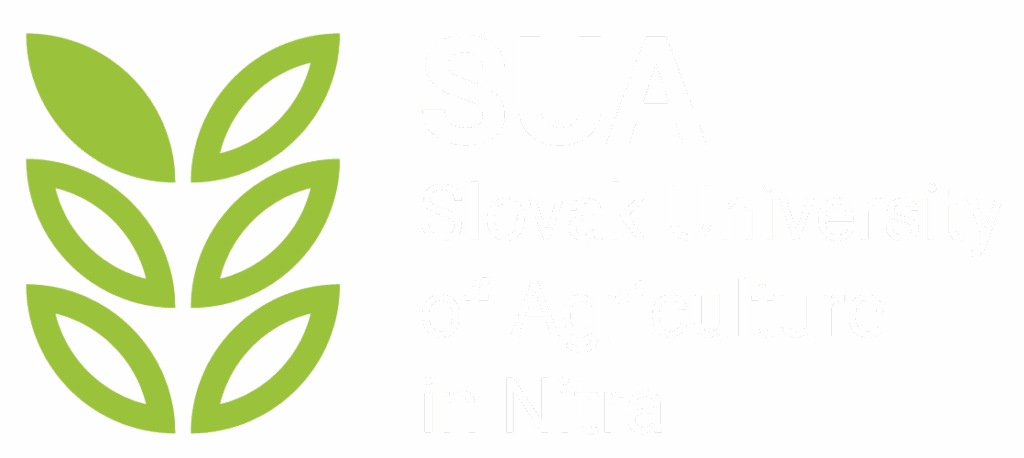


Our vision and goals
Decarb Track is a research initiative of the Slovak University of Agriculture in Nitra, focused on supporting environmental transformation in the agri-food sector.
The project enables agri-food enterprises to prepare for the new economic reality in line with GPP requirements, while enhancing their market competitiveness.
Project objective
Our objective is to develop scientifically grounded tools for tracking and reducing the carbon footprint in small and medium-sized enterprises, while taking Green Public Procurement standards into account
Bridging science and practice
We collaborate with companies, municipalities, and the expert community. We openly share our results and methodologies.
Project output
Methodology in the form of a calculator, aimed at creating a comprehensive framework for calculating the carbon footprint in the agri-food sector.
The project was made possible by

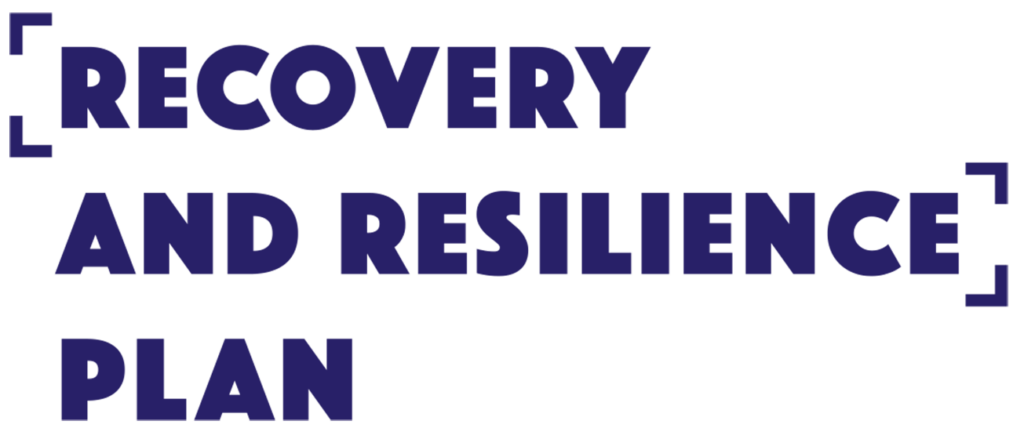
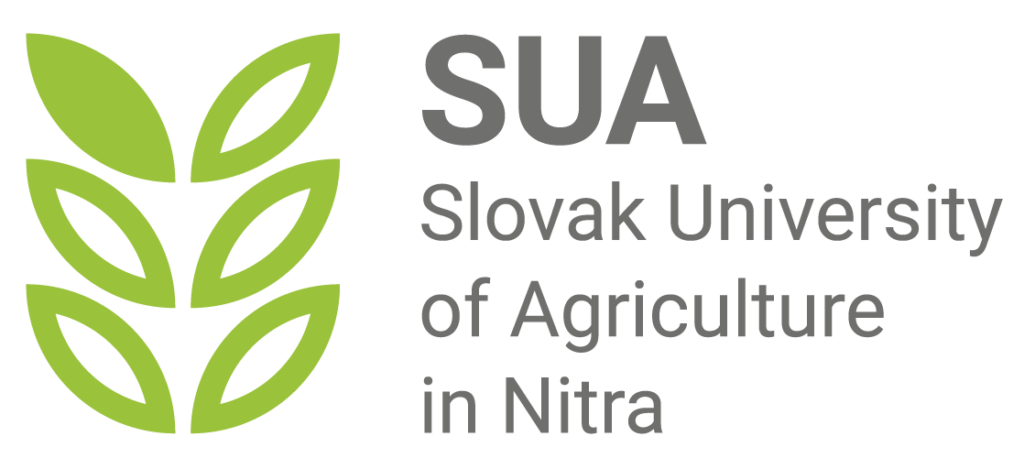
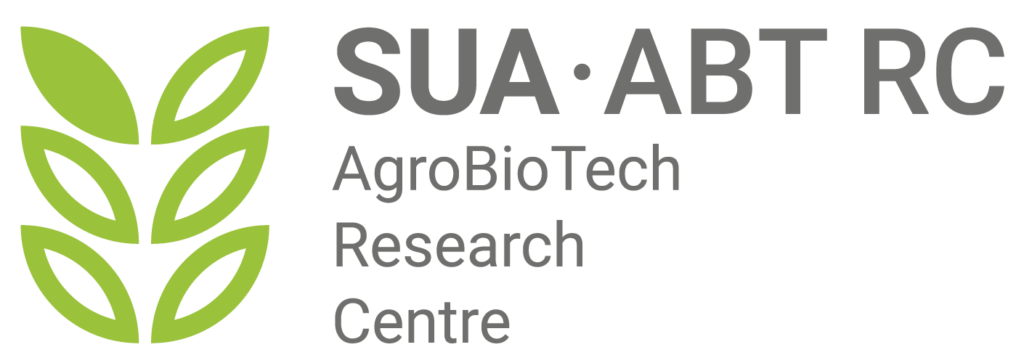
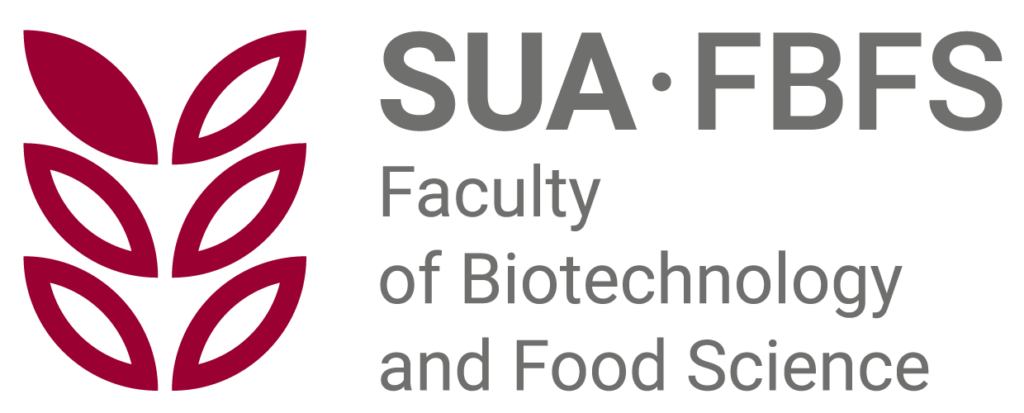


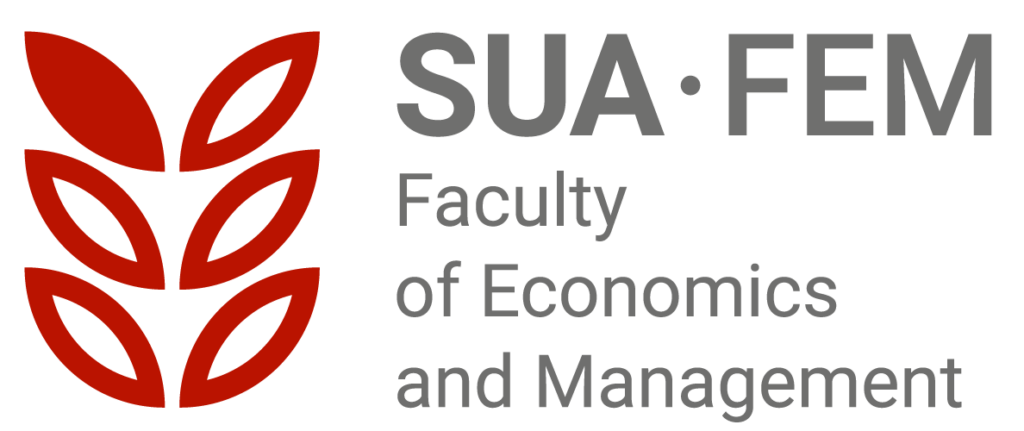
Why should you know your company’s carbon footprint?
Knowing your carbon footprint means knowing where you’re headed.
Earn your partners’ trust
Banks, investors, and customers increasingly require carbon footprint data. Show that you have it under control.
Become a preferred supplier
Large companies are looking for ESG-responsible partners. Without data, you could lose business.
Be prepared for new legislation
ESG regulations will also affect smaller companies. The first step is to know your carbon footprint.
Identify weak points in your company
The calculation reveals the largest sources of emissions and shows where you can realistically cut costs.

